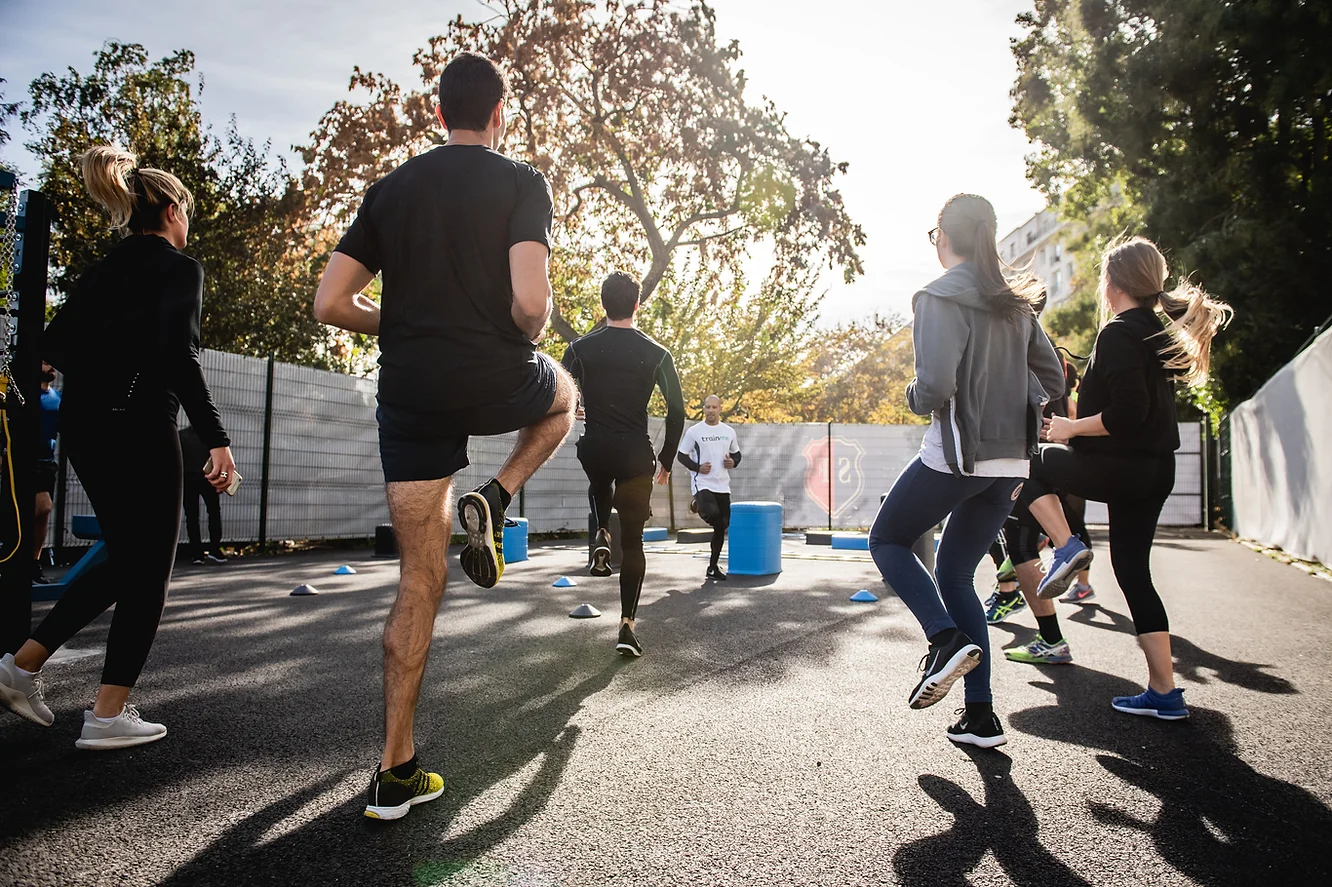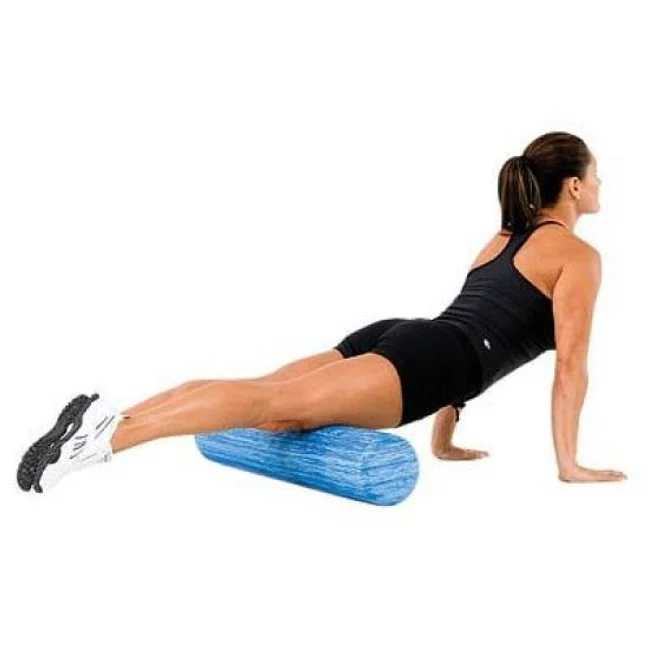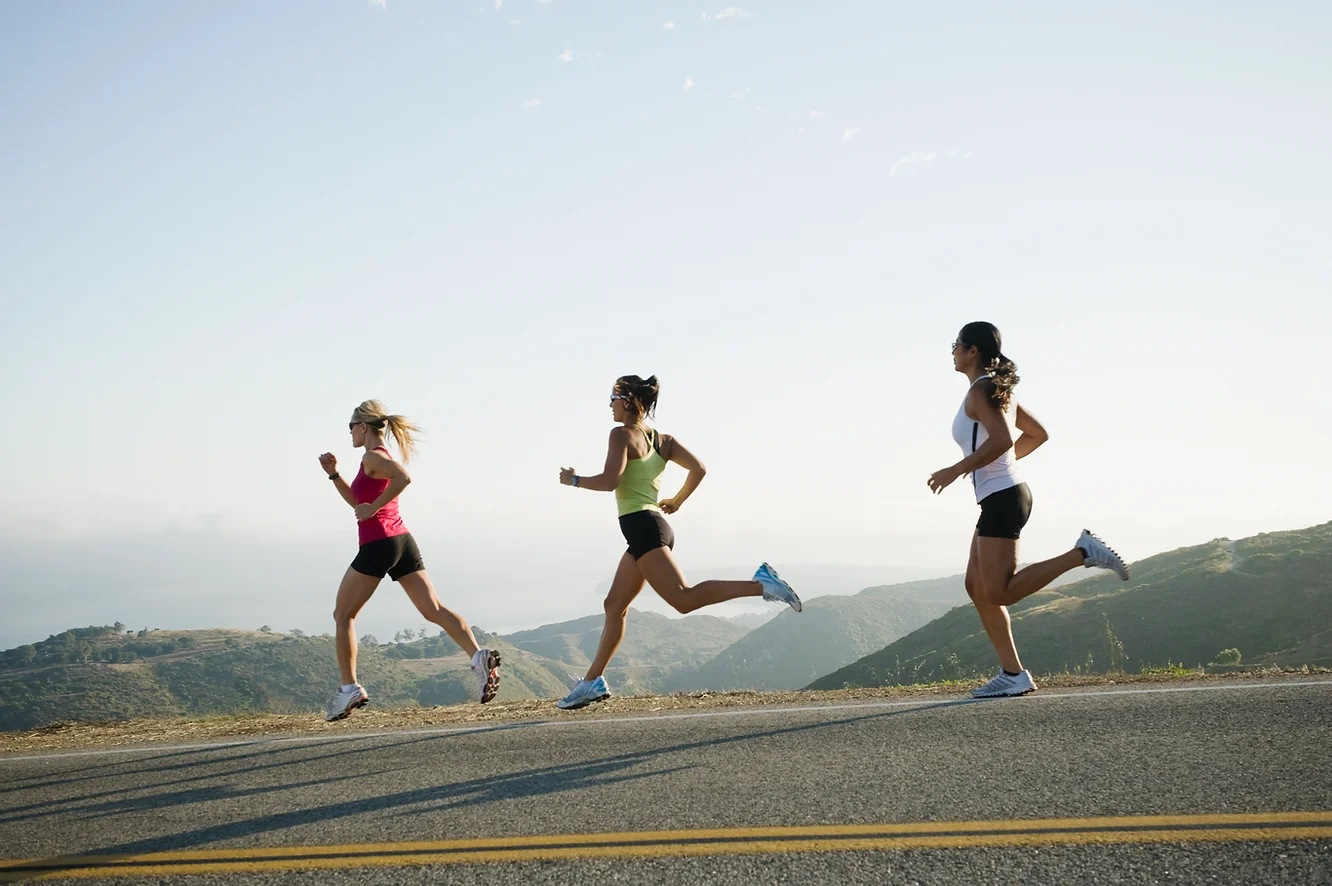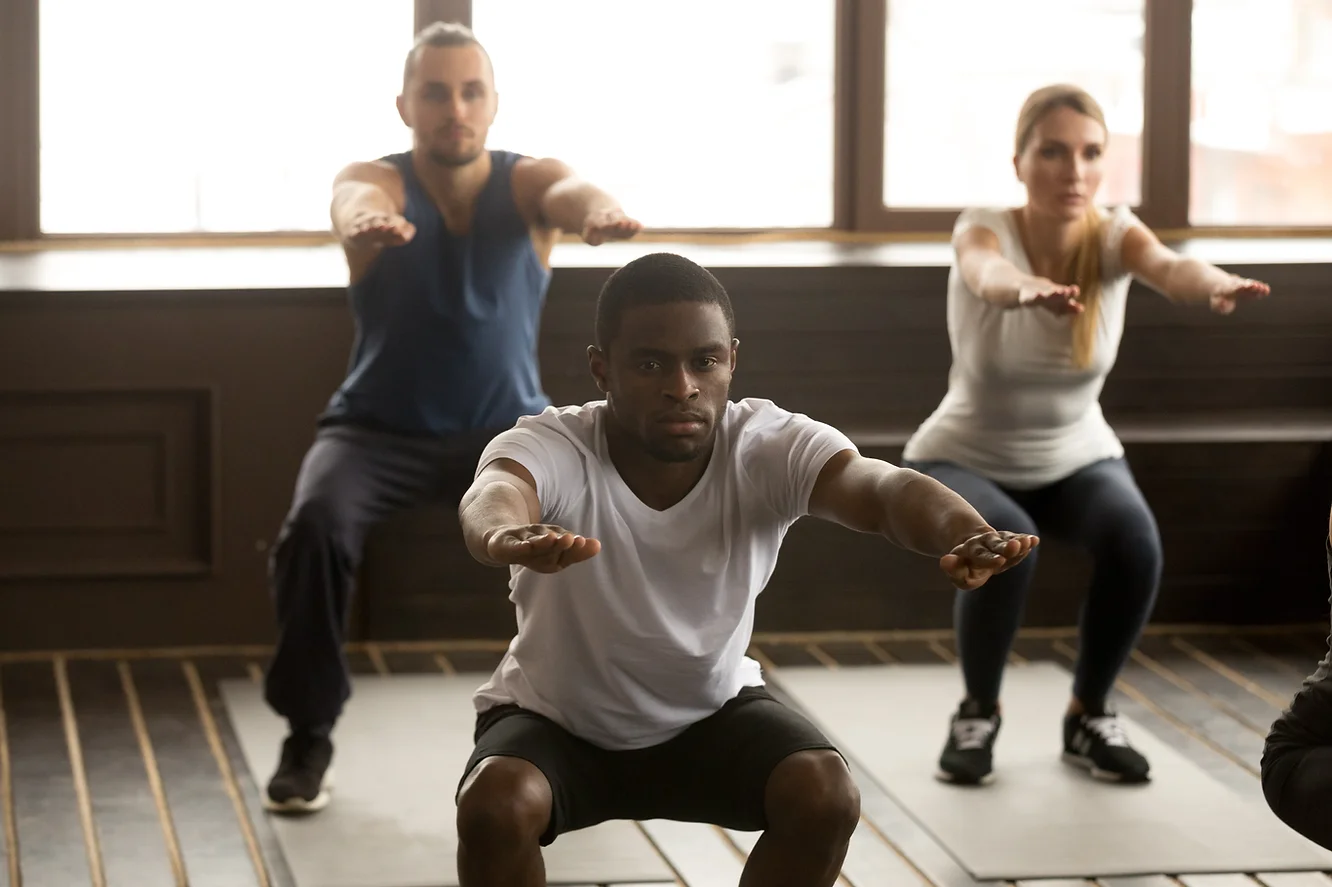
Wellness Blogs

Important facts About A Good Warm-Up You Did Not Know
Important facts About A Good Warm-Up You Did Not Know
Updated: Apr 12, 2021
According to a study, injuries to skeletal muscle represent >30% of the injuries in sports medicine clinics. The research conveyed that certain warm-ups and stretching protocols have shown a positive outcome on deterring injuries.
It is human tendency to cut corners when we are short on time. And sometimes we are looking to take shortcuts to the task at hand to reduce our work. When it comes to exercise we try to save time by skipping the crucial warm-up before exercising. It doesn’t matter what kind of physical activity we are going to indulge in. It could be a simple walk or a yoga session, running or lifting weights in the gym. Whatever the activity might be, an initial warm-up is an absolute must.
Purpose of a Warm-Up
To prepare the body for exercise
To decrease the chance of injury during training.
A well-designed warm-up prepares you for training both mentally and physically. When you are not motivated to work out or are feeling lethargic, a short warm-up can prepare you. That is the power of a warm-up. And it can be modified as per your needs and abilities.

What will it do for you?
A good warm-up can focus on a lot of crucial things in a short time.
It helps you focus on your breathing technique and make sure that you are engaging in normal diaphragmatic breathing.
It helps by improving your range of motion and general mobility. So that when you move to the main exercise/workout it will help you move better and with minimum stiffness.
A good warm-up should help you activate all the main muscle groups.
You can also add certain specific movement patterns. This helps ready your body for a particular type of workout. A good warm-up can become a full workout on certain days if you want light exercise and do not have too much time.
Different components of a Warm-Up
1. Myofascial release
One example of this is Foam Rolling where we use a piece of foam in the shape of a tube for myofascial release. We apply pressure to self-massage soft tissue, most often muscle tissue. This increases muscle relaxation, increases blood flow to the area, and improves recovery from exercise.

2. Diaphragmatic breathing
This helps in correct postural alignment and the right breathing technique during workouts. It involves simultaneous chest and belly movement during inhalation and exhalation. And helps better control the core muscles during breathing.

3. Cardiovascular warm-up
This includes low to moderate-intensity exercises, using large muscle groups, and full-body movements. This warm-up intends to shift the body from a state of rest to be ready for more intense activity. Eg bodyweight squats, jogging, walking, stationary biking or low exertion full-body aerobic exercise.

Dynamic warm-up
This focuses on preparing the joints, muscles, nervous system, and movement patterns before an intense training session.
A dynamic warm-up includes exercises at a low intensity. They help maintain or improve the range of motion and ensure the body is ready for loading. Thus, it decreases muscle soreness after a workout, improves flexibility, and improves strength. Example- bear crawls, single-leg exercises, glute bridge, cat-cow, bird-dog, reverse lunges, bodyweight squats.

Warm-up sets
These exercises involve muscle groups or body parts that will be targeted within that workout. Warm-up sets occur right after the rest of the warm-up and right before the specific exercise. In this warm-up,
we combine exercises in the form of sets.
carry out a few sets using low repetitions
and gradually increase intensity when compound lifts are part of the workout.
The time required for a Warm-Up
A decent amount of time for a good warm-up would extend anywhere from 5 minutes up to 20 minutes. You can add all components of a warm-up if time permits and depends on the type of workout.
Conclusion
If you have a good range of motion and flexibility, your workouts will be more intense and your form during your exercises will be perfect. This will lead to more calorie burn and fat loss. The risk of injury also reduces, making you consistent with your workouts. That will help you reach your goals faster.
Your warm-up definitely should depend on time availability, level of fitness, and the complexity of your workout. But under no circumstance should you miss a warm-up. It increases your chance of getting injured. It also affects your performance during your workouts. This affects your results and your consistency over a long period.
If you are new to working out and are looking for easy to follow home workouts with a simple warm-up and cool down then click this link below:
© Neha Bhandari Rao | Privacy Policy | Terms